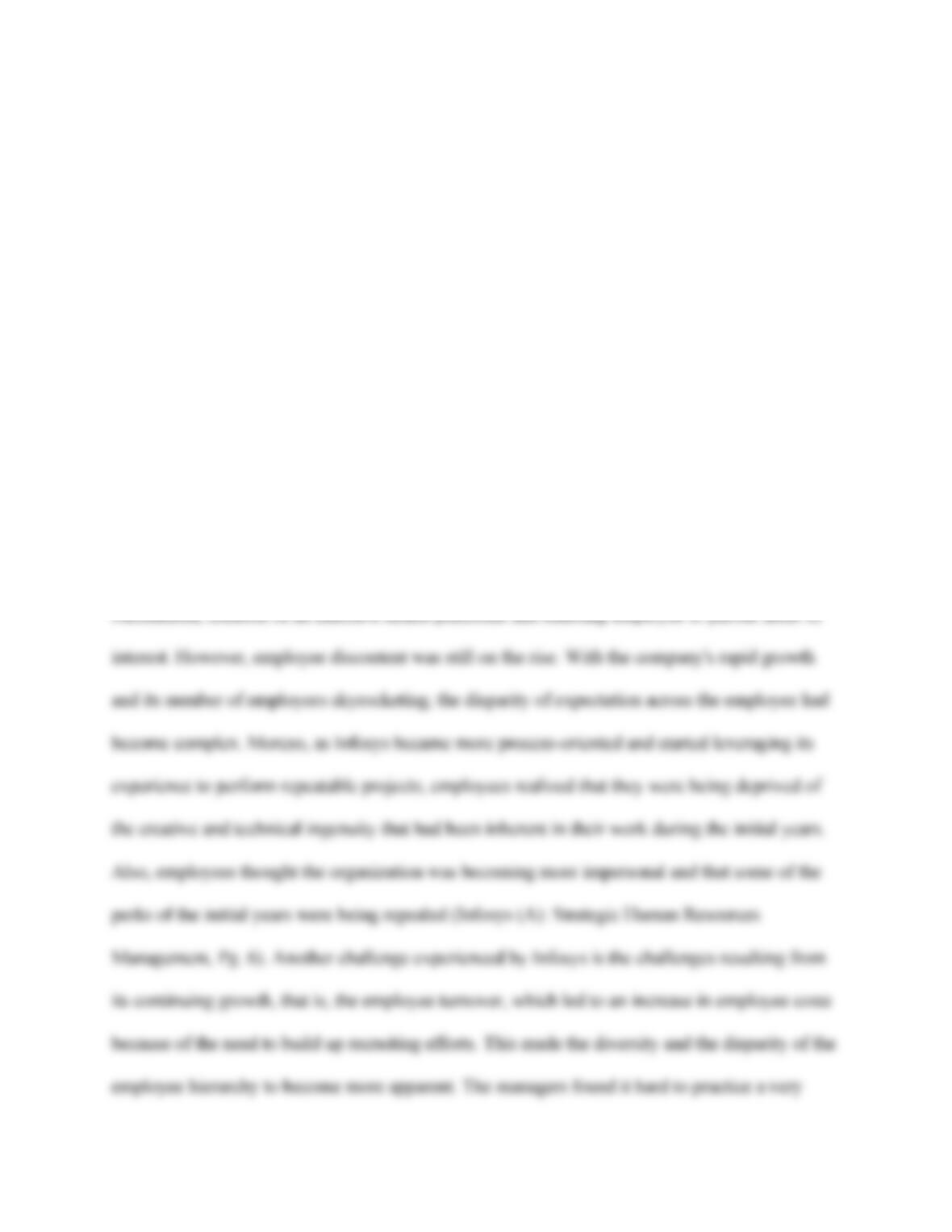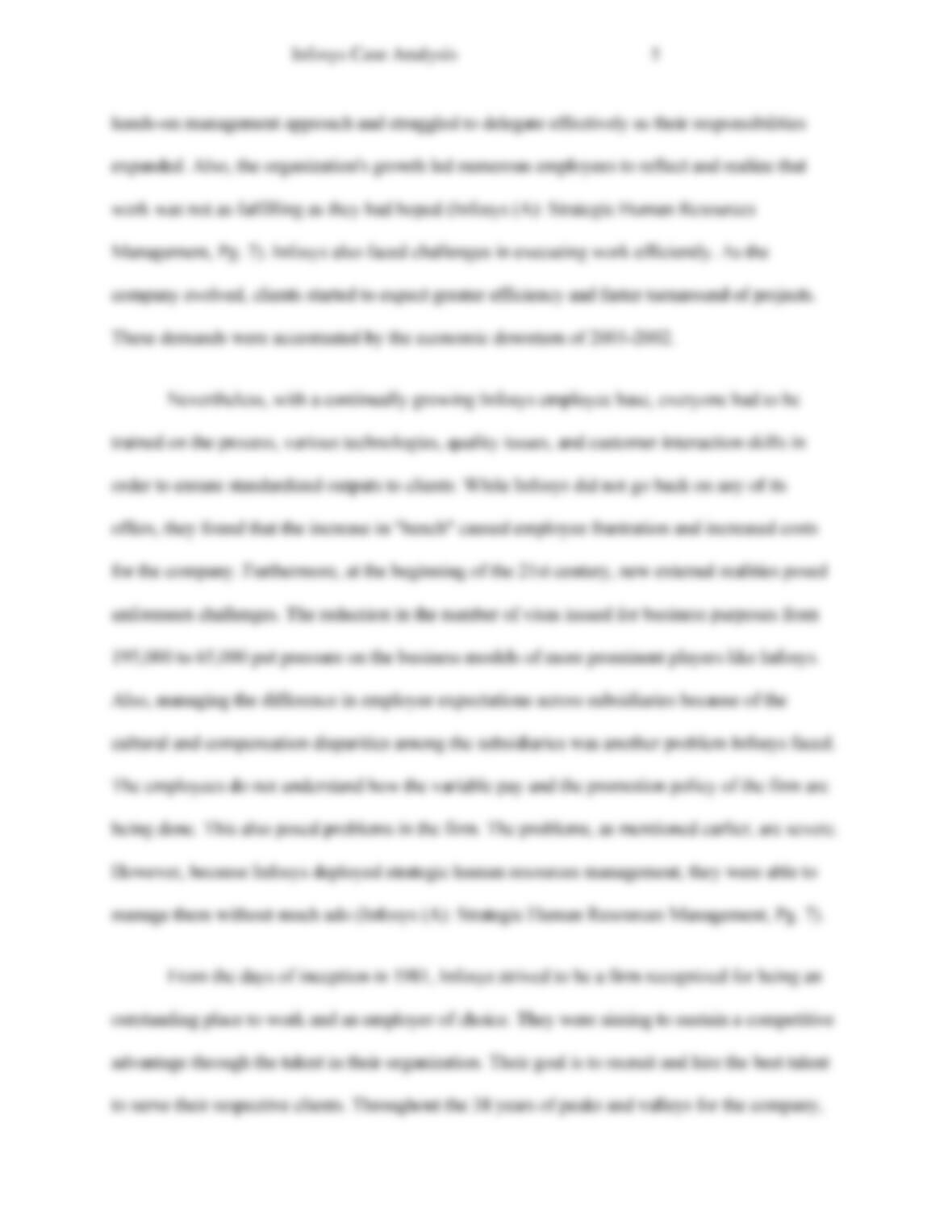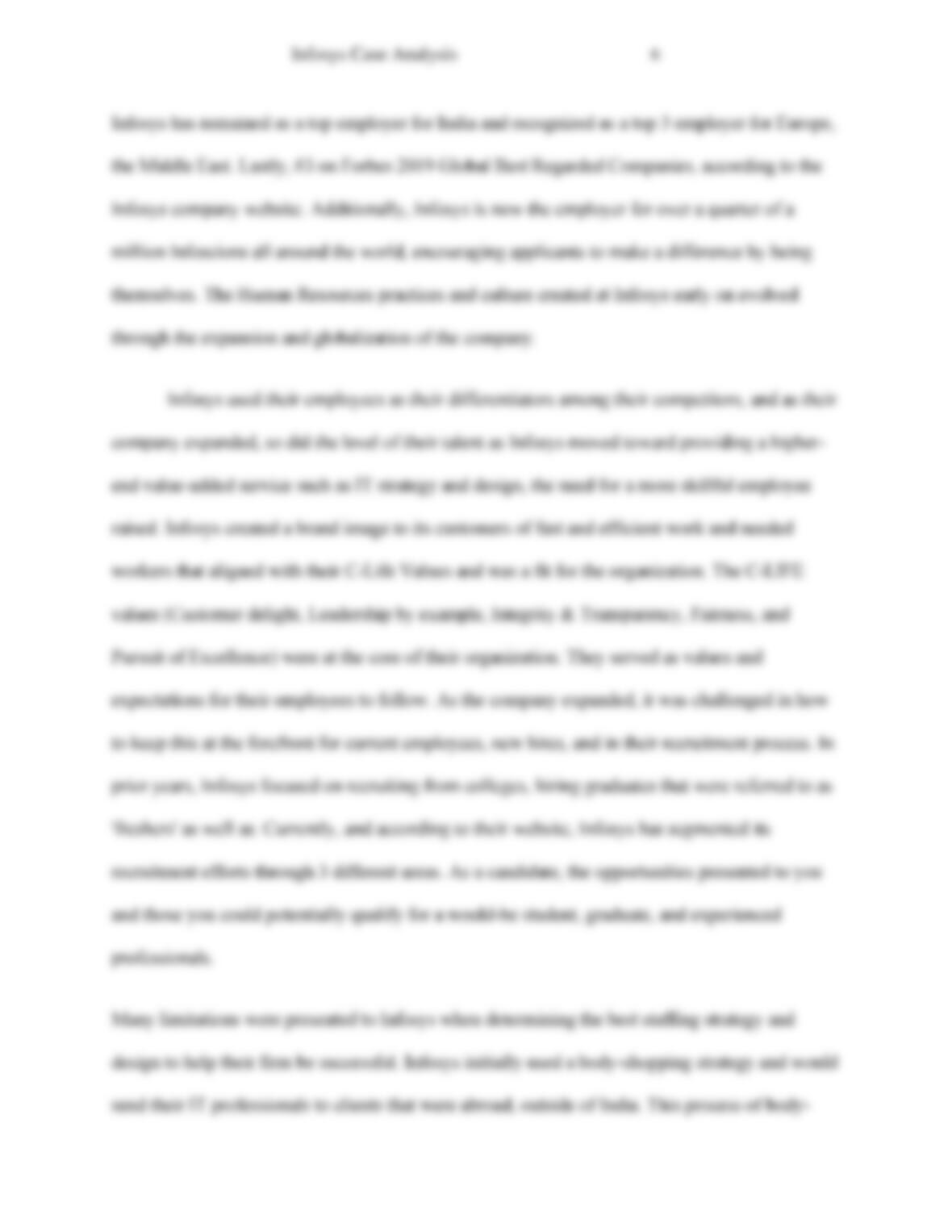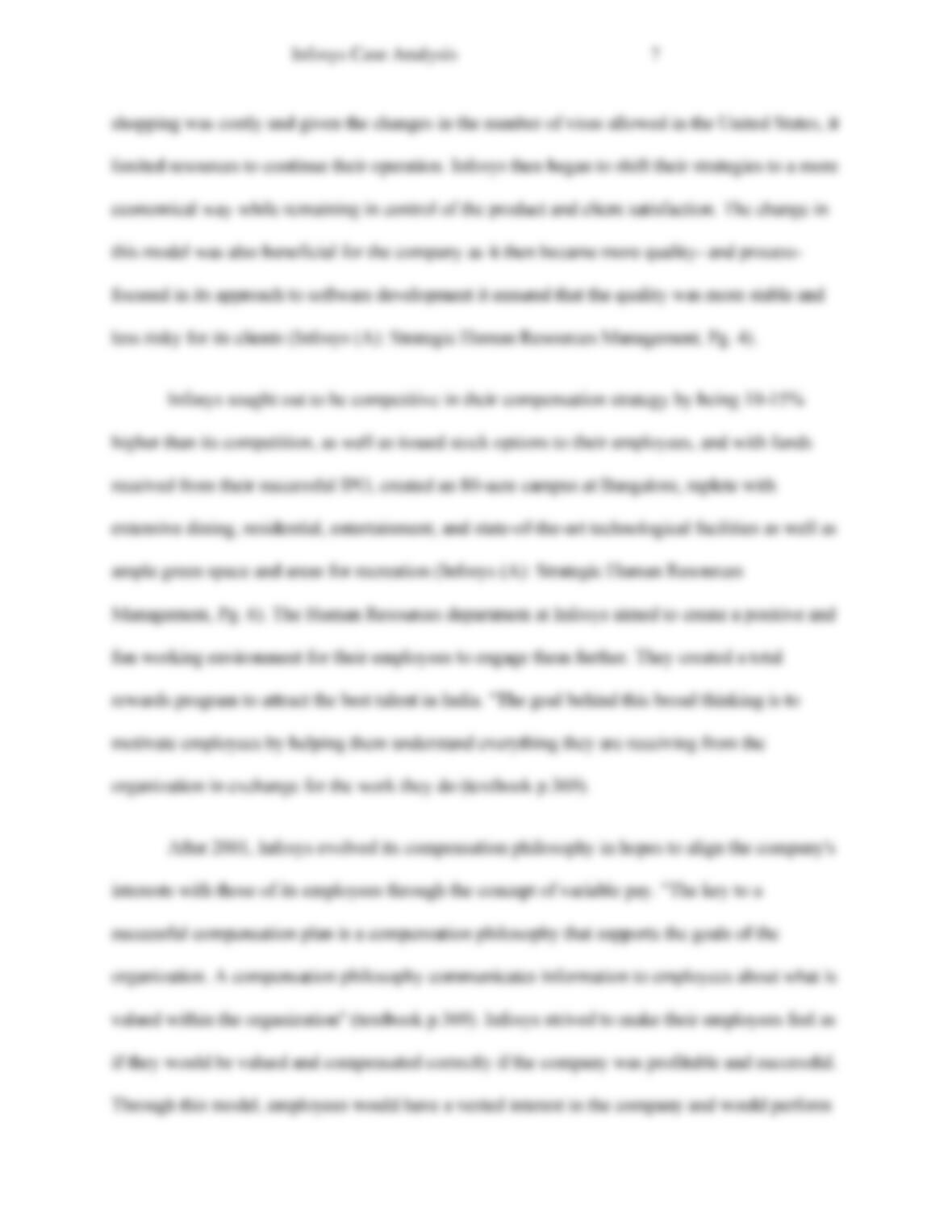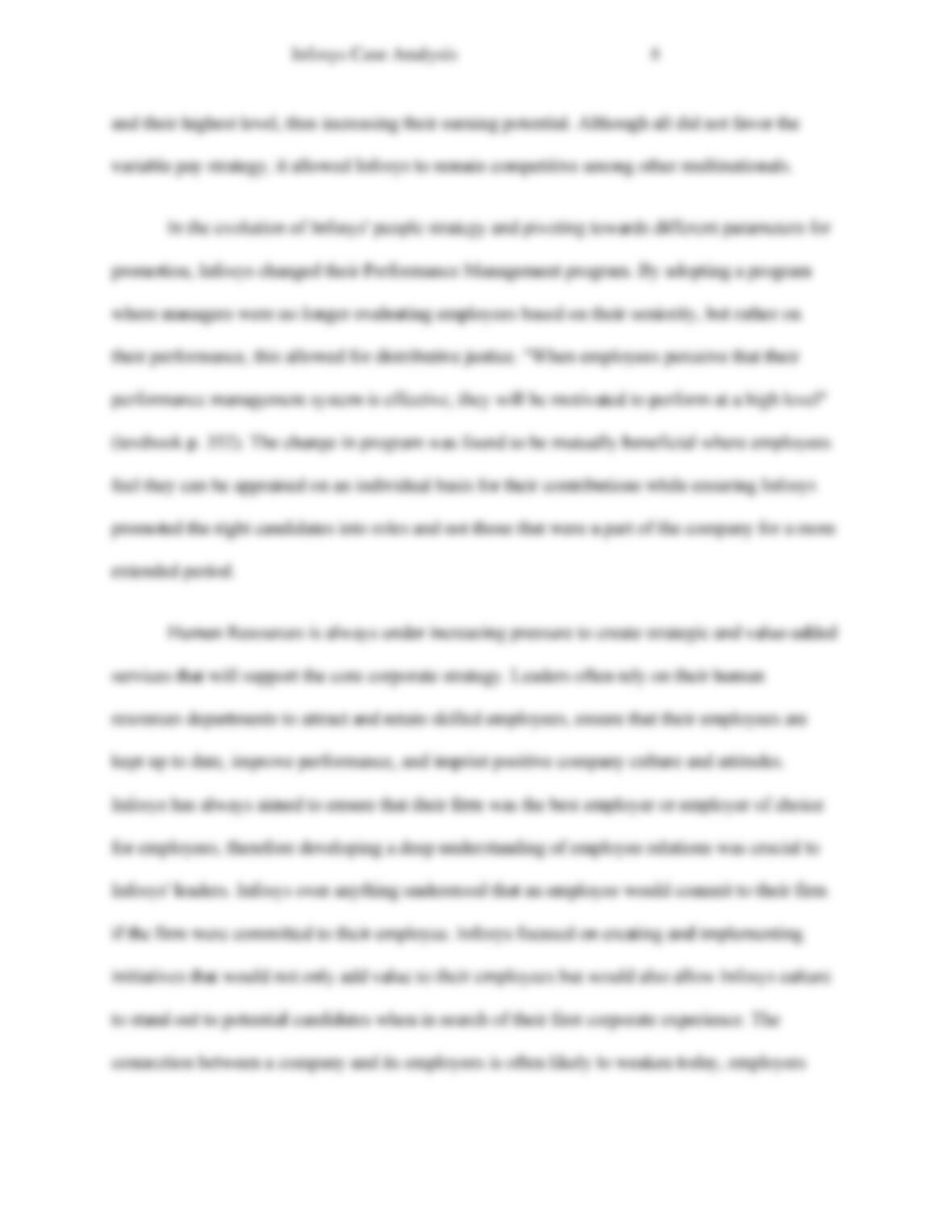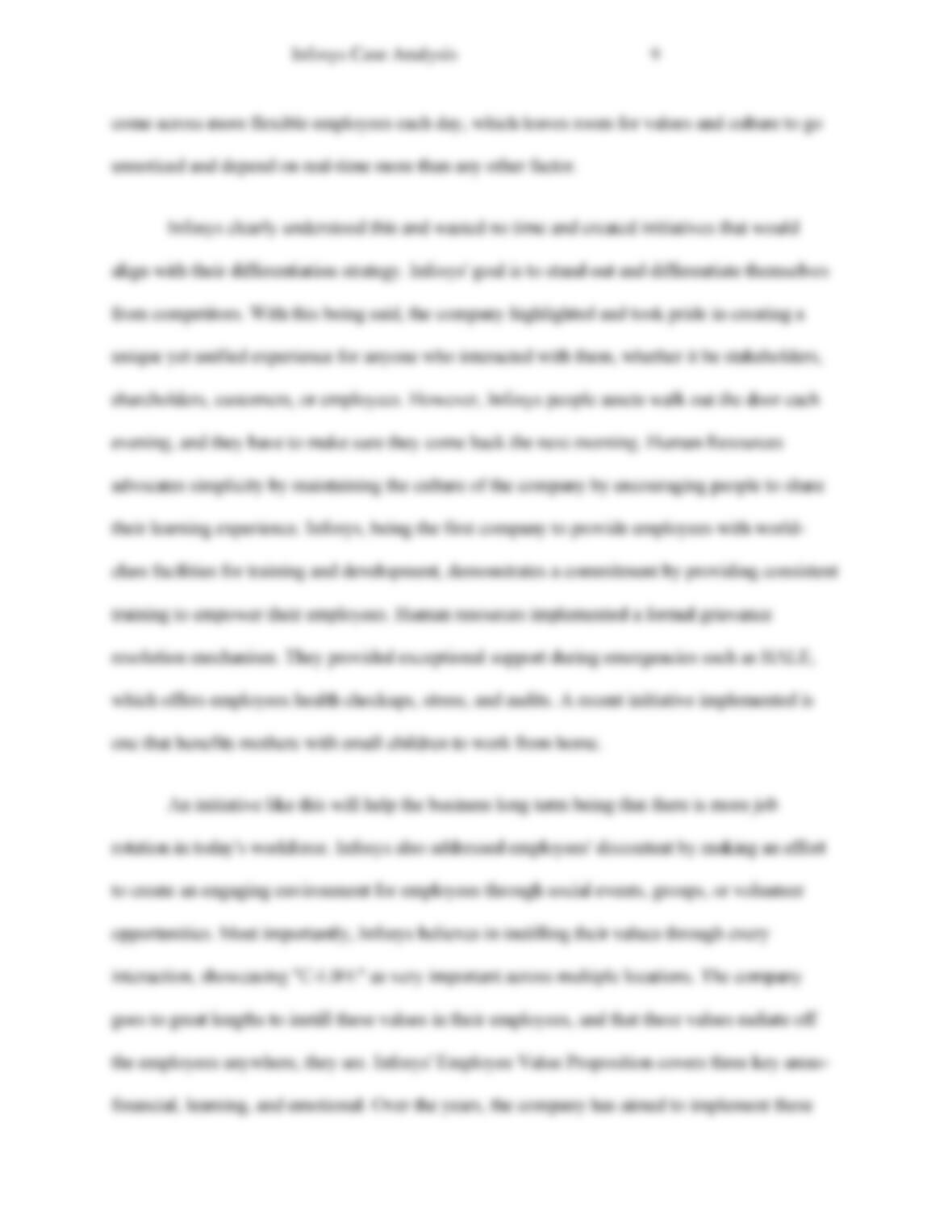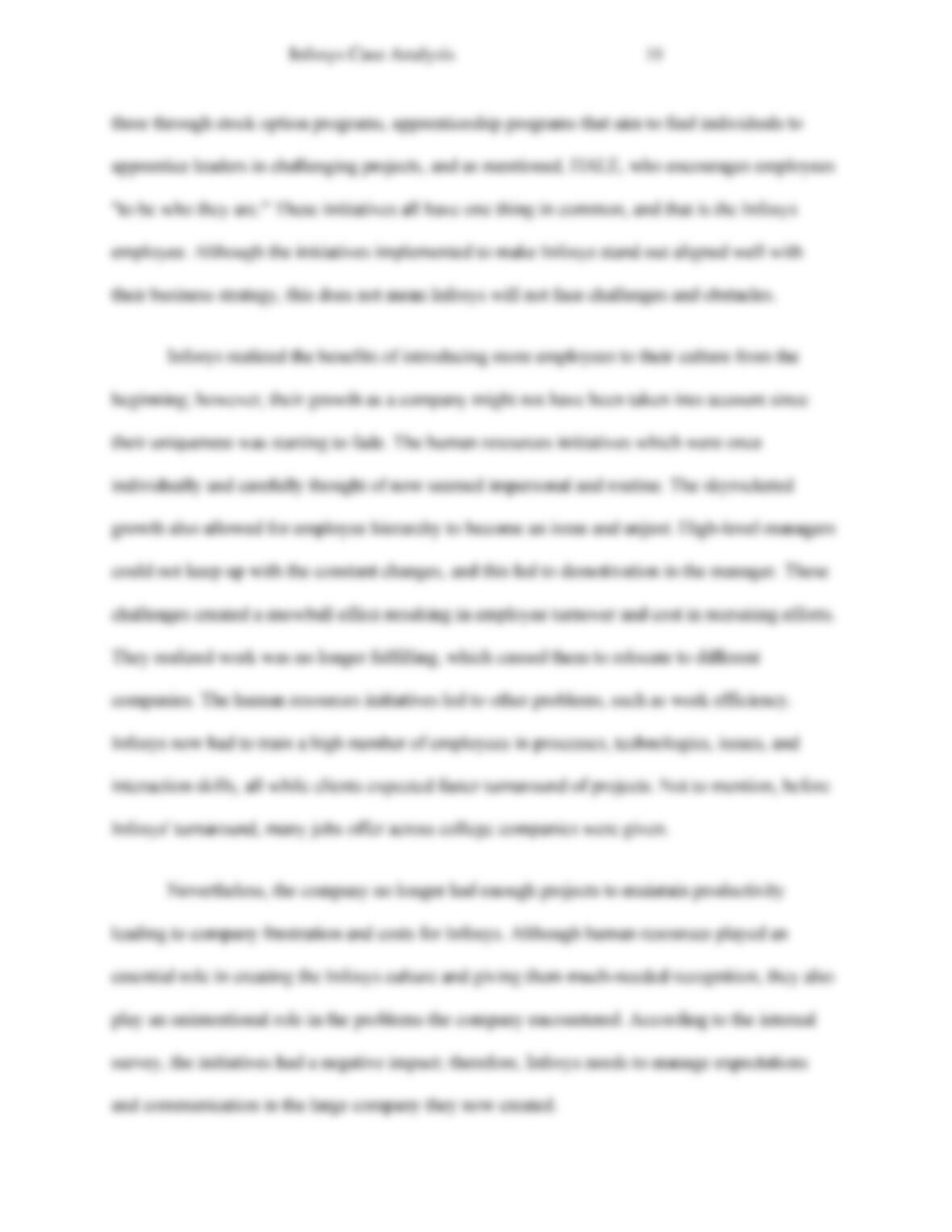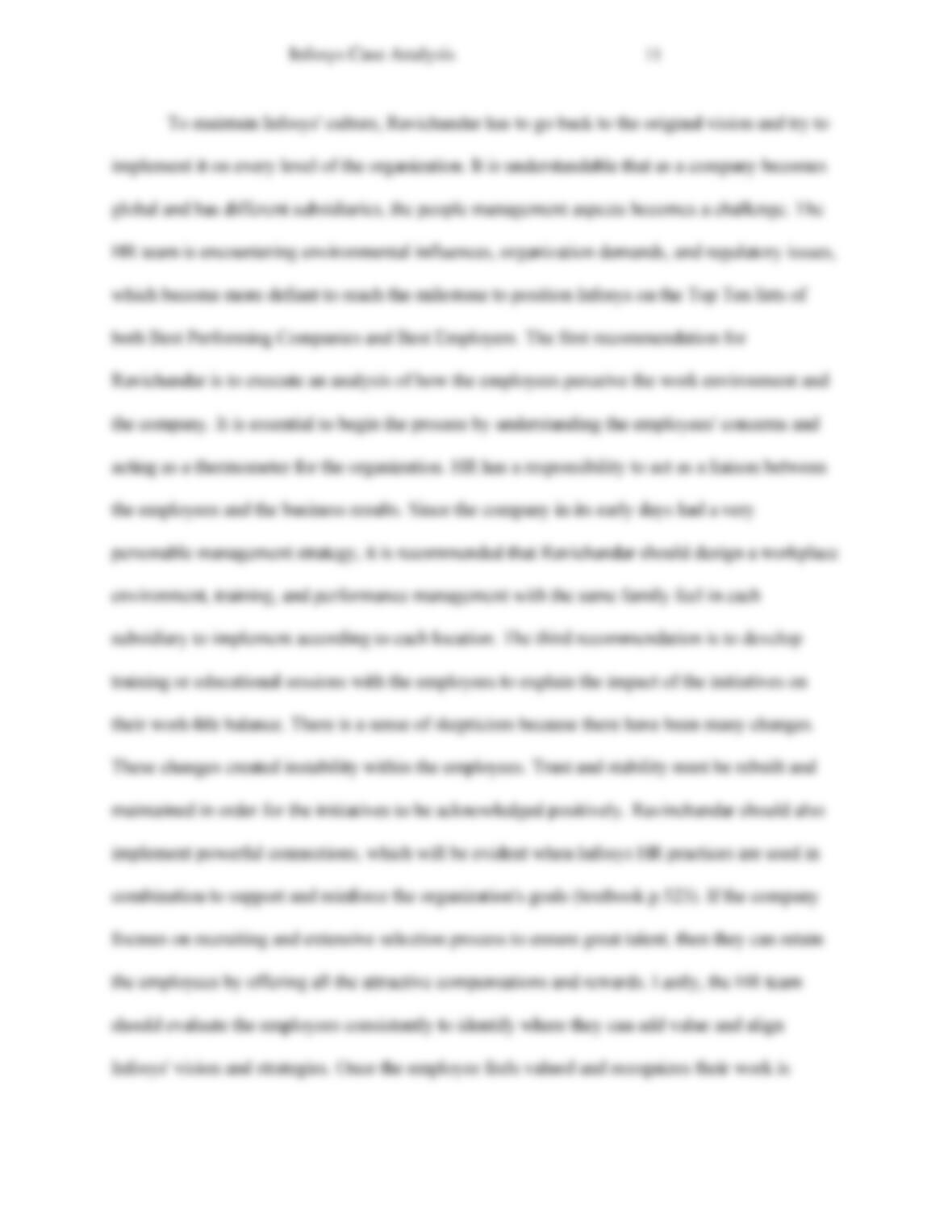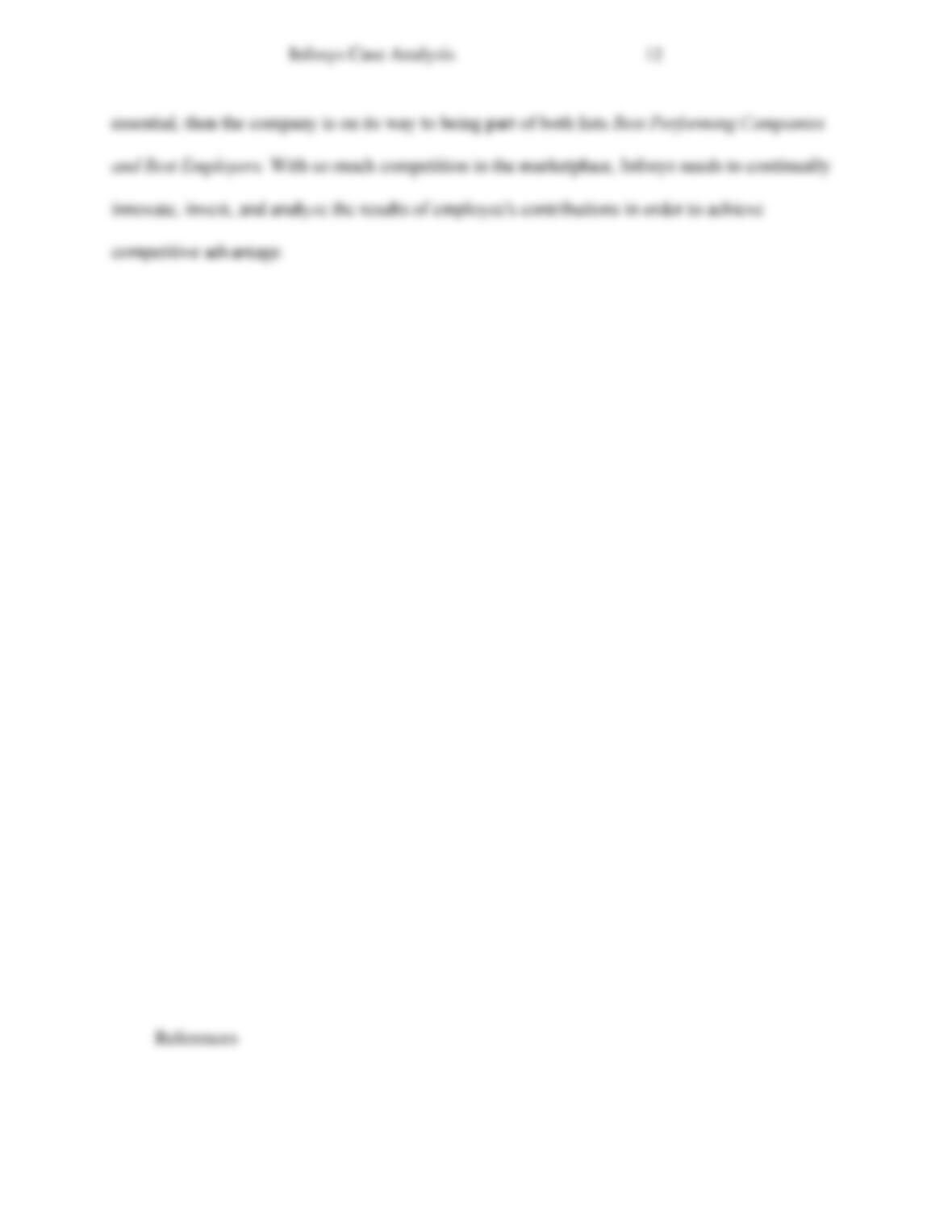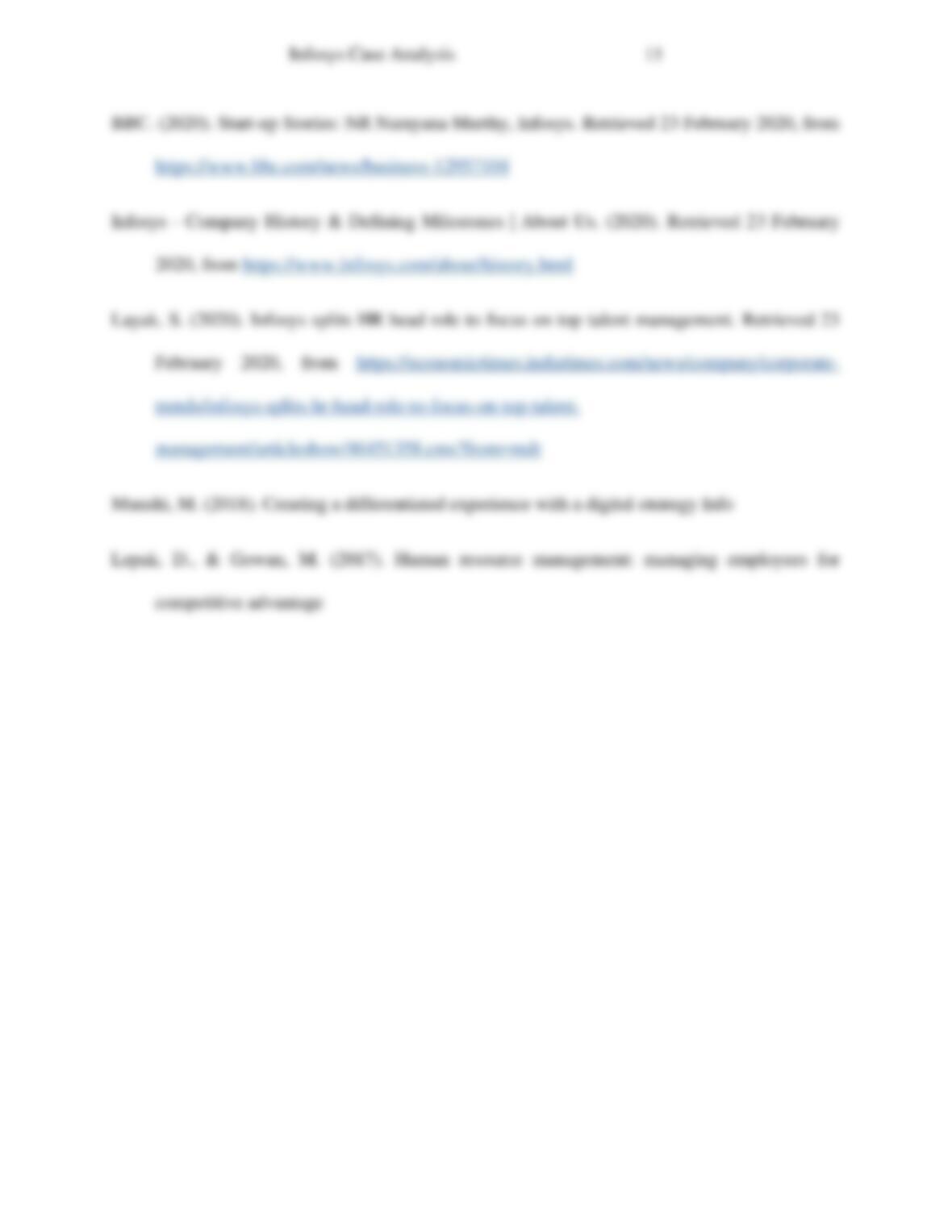Infosys Case Analysis 3
The history of Infosys is an incredible one. From an initial capital of $250 in 1981, the
company has grown to become an $11.8 billion company with a market capitalization of
approximately $47.7 billion (Infosys, 2020). To grow that quick, the multinational company had
to seek new markets in the United States through joint ventures with companies such as Kurt
Salmon Associates. The largest consumer of Infosys in the United States, where it draws about
two-thirds of its revenue (BBC, 2020). It is therefore paramount to say that this is one of the
most important markets of the company. However, the United States also has its own well-
established companies that offer data and analytics services such as Accenture, IBM, Wipro,
Deloitte, Sigma Data Systems, ScienceSoft USA Corporation, and many others. Some of these
companies have clients in over 40 countries, and they offer top-notch services to their clients.
For Infosys to survive in such a market, it ought to stand out from its competitors, which leads to
the need for differentiation.
For any successful organization, the human resource department plays a crucial role in
the maintenance of the workforce, ensuring proper working conditions as well as training and
development of talent. One of the core businesses of Infosys is Human Resource Outsourcing
(HRO) to some of the largest companies which enable the functions of such clients as they take
on their journey of success. Just like the HRO services they offer, HR in Infosys combines
capabilities across technology, business process management, process consulting to create end-
to-end solutions (Layak, 2020). Such solutions have helped the company's clients realize
business value through technology leverage, operational effectiveness, efficiencies of scale and
size as well as global delivery capabilities.
In the words of Nandan Nilekani, the current CEO of Infosys, they wanted to build a
company that was professionally owned and professionally managed, with good corporate
